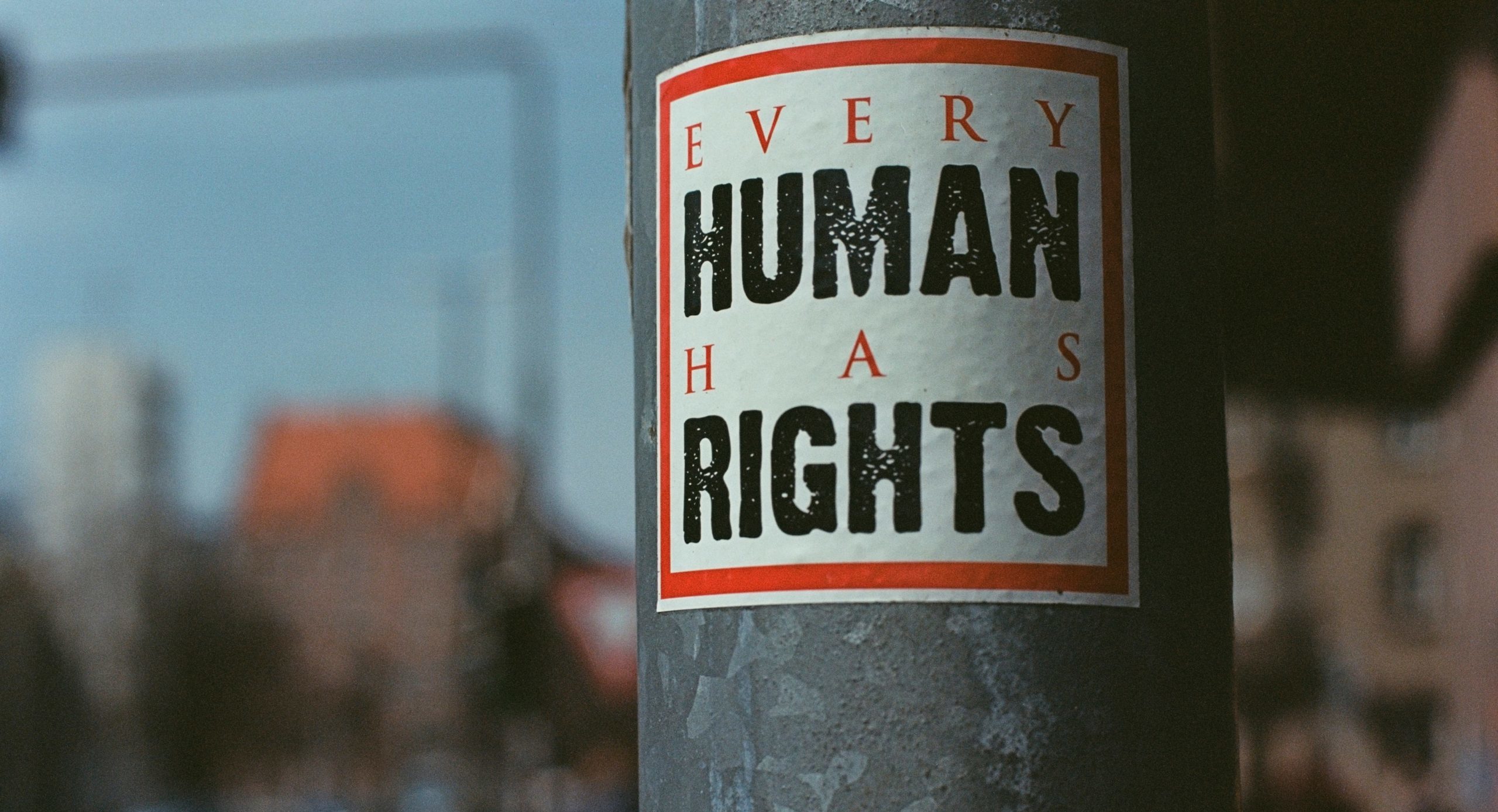Humans have rights simply because they live. As written in the preamble of the United Nations’ Universal Declaration of Human Rights in 1948:
“Everyone has the right to a standard of living adequate for the health and wellbeing of himself and of his family, including food, clothing, housing, and medical care and necessary social services, and the right to security in the event of unemployment, sickness, disability, widow-hood, old age or other lack of livelihood in circumstances beyond his control.”1
This excerpt solidifies the intrinsic connection between human rights and public health. Public health is the study of the health of populations. Public health professionals work to promote and protect the health and livelihood of people. Human rights are inherent ethical and legal principles of freedom that all humans are entitled to without discrimination. They are characterized as “universal, inalienable, indivisible, interdependent, and interrelated.”2 When human rights are not upheld, or are violated, people are susceptible to violence and suffering.
While the Universal Declaration of Human Rights and many other international documents identify a right to health, many people in the world still do not have universal healthcare, let alone access to adequate health and social services. In some of these places, “health as a human right” has become a social movement. Throughout history, social activism has proven to be an effective way for people to fight for their rights to health and against disparities.3 El Salvador is one example of “health as a human right” being pushed as a social justice and activist movement: in 2009, its newly elected government pushed for new health reform that was focused on developing community participation.4
History of Human Rights and Social Justice
The history of health as a human right begins with the creation of the United Nations (UN), which was formed in 1945, after World War II, to maintain international peace and encourage and promote human rights. A few years later, the UN General Assembly adopted the Universal Declaration of Human Rights, a comprehensive document that lays out the basic rights people have as human beings. The preamble quoted above states that humans should be guaranteed “a standard of living adequate for the health and wellbeing and himself and his family,”1 and Article 25 of the Declaration further describes the right to health. While the Declaration itself is not legally binding, its protections and freedoms have been incorporated into many other national and international documents that are. Human rights violations are abhorrent, especially within the context of legally binding documents that are supposed to guarantee the right to health and other protections. However, when violations do occur, social justice activism has been the most effective tool to change things for the better.
Historically, disadvantaged and marginalized groups have used activism to fight for their right to health and for access to quality healthcare.5 Health equity can only be achieved when injustice is recognized and dismantled. Activism and social justice are strengthened social movements — the collective work of individuals with a common stance who have come together and are united for a common goal.6 A united front is imperative, and community participation is key for ample social change and progress to happen. Activism and advocacy are central actions to counter and dismantle human rights violations so that all individuals can realize their guaranteed their right to health.
Health as a Human Right and the Example of El Salvador in 2009
When speaking about the right to health and quality health systems, there are many important considerations and limitations to note. In a society with a quality healthcare system, the governing body should work to protect the right to health for all its citizens. As core principles, a quality healthcare system should be non-discriminatory, provide equal and full access to all participants, and take accountability and responsibility when less-than-acceptable healthcare is provided.5 This means that it should provide adequate access to health facilities and personnel, serve its citizens equally while providing appropriate services that are culturally competent, and cater to the specific needs of individuals who require extra support. Additionally, the health system should provide services that are effective and efficient.5 When a healthcare system encompasses these core principles and components, that means it adequately provide health to its citizens and can therefore focus on the right to health for all.
An extremely successful example of activism in support of the right to health is El Salvador. In 2009, the newly formed El Salvadoran government launched a long-term health reform process that was focused on developing community participation.4 As part of this initiative, a new National Health Forum was formed, with three main objectives. First, “build people’s power and strengthen the organizational fabric.” Second, “face the mercantile nature of health of the previous government.” Third, “stimulate and promote effective social participation in health.”4 Through the National Health Forum, El Salvador was able to successfully promote and establish community participation, which advanced their healthcare system.
Conclusion
Advocating for the right to health is an important social movement across the world. When the United Nations was formed in 1945, its goal was to promote the rights of all people. As humans, we have rights simply because we are alive. However, when these rights are not upheld or are violated, suffering occurs. When no action is taken against these violations, the non-action exacerbates the existing healthcare access problems. Jonathan Mann states, “Violations of dignity are pervasive events, with potentially severe and sustained negative effects on physical, mental, and social well-being.”7 However, to combat these violations, activism and advocacy among individuals have proven effective. When El Salvador put its health reform focus on individuals, it allowed successful advancement of their healthcare system. While there are numerous limitations and actions necessary before the right to health is a global success, the world provides many great examples that all is not lost, and in fact, we are on the right path.
- The Intrinsic Link Between Human Rights, Public Health, and Social Justice - September 12, 2022
- United Nations. (n.d.). Universal declaration of human rights. United Nations. Retrieved April 4, 2021, from https://www.un.org/en/about-us/universal-declaration-of-human rights. [↩] [↩]
- “What Are Human Rights?” Manual for Human Rights Education with Young People, Council of Europe, https://www.coe.int/en/web/compass/what-are-human-rights- [↩]
- Mukherjee JS. “Building the Right to Health Movement: Activism, Advocacy, and Social Change.” An Introduction to Global Health Delivery. Oxford University Press, 21. Oxford Scholarship Online. [↩]
- León M, et al. “The Role of Social Movements in Strengthening Health Systems: The Experience of the National Health Forum in El Salvador (2009–2018).” International Journal of Health Services, vol. 50, no. 2, Apr. 2020, pp. 218–233, doi:10.1177/0020731420905262. [↩] [↩] [↩]
- Touchton M. Introduction to Global Health. “Effective Responses to Hemispheric Challenges: Health and Human Rights.” University of Miami. 29 March 2022. Class Lecture. [↩] [↩] [↩]
- Mukherjee JS. “Building the Right to Health Movement: Activism, Advocacy, and Social Change.” An Introduction to Global Health Delivery. Oxford University Press, 21. Oxford Scholarship Online. [↩]
- Mann M. Dignity and Health: The UDHR’s Revolutionary First Article. Health and Human Rights, 1998, Vol. 3, No. 2, Fiftieth Anniversary of the Universal Declaration of Human Rights, pp. 30-38. https://www.jstor.org/stable/pdf/4065297.pdf. [↩]


